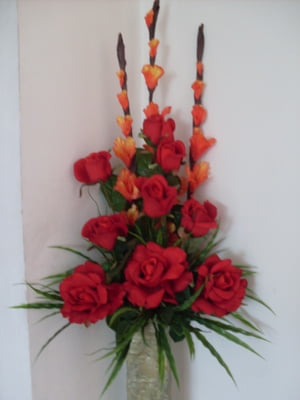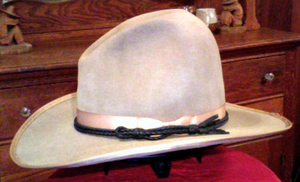Post-Mortem photography, the act of taking photographs of the recently deceased, was a common custom during the beginning of the 19th century. It eventually replaced the older and much more costly use of posthumous paintings. With the advent and popularization of the photograph came the ability for the middle class to memorialize their loved ones. A family that could not afford a lavish funeral or beautiful headstone could finally, at the very least, immortalize their memories via a photograph.
At a time when photographs were still new, this practice was not perceived as morbid. Posthumous photos were a testament to the lives of those gone before. In Victorian society birth and death rates were almost equal. Young children in particular faced a broad number of risks from childhood diseases to contaminated bottles and patent medicines. Because of this most post-mortem photographs are of small children. Most families did not take regular pictures of their children because of the expense involved; a post-mortem photograph was often the only picture of a child the family had. Children were sometimes posed sitting up, with their eyes open and favorite toy in hand, or in the arms of their mother.
Early post-mortem photographs most commonly were taken with the deceased outside the coffin. The deceased might be sitting upright in a chair or lying in the bed as if sleeping. Later photographs would show changes in funeral culture including the addition of lined coffins and funeral flowers. In some late century post-mortem photographs it is almost impossible to see the deceased for the number of flowers and crowds of people surrounding them.
The custom was so prevalent that a cottage industry grew up around post-mortem photography. Mourning cards were quite popular and some companies massed produced cards with blank spaces to write vital statistics. The family could add in their own photo and information. Some companies produced completed photo cards; scouring obituaries to find their likely customers. As the photograph became less and less novel post mortem photography fell out of favor. Death became a much more private and difficult as the 21st century approached. With society no longer providing guidelines for grieving people struggle to find ways to process their emotions. Online memorials, virtual graveyards, and headstones with data ports for downloading information about the deceased, all seek to fill the gaps left in the grieving process and replace older less accepted traditions such as post-mortem photography.
Old traditions often make way for new, but in a zealous attempt by our society to disconnect from death and dying; many beautiful posthumous photos have been destroyed for their perceived morose connotations. But, there is something deeper in these somber pictures that compel us. These photos, now abhorred, locked in dusty attics and storage units, shuffled through garage sales and flea markets, represent a concept so poignant that it deserves pause. The subject of these photos, now forgotten by their descendants, was once, very very loved. The morbid nature of these images is not in their subject matter, which has an ominous beauty, but in the thought that we too might be forgotten.
If you would like to learn more about post-mortem photograph visit some of the following links:
http://vv.arts.ucla.edu/terminals/meinwald/meinwald1.html
http://www.boatswain.nl/pm01/pmtexteng.html
http://www.deathonline.net/remembering/mourning/victorian.cfm
http://xroads.virginia.edu/~ma04/hess/Emmeline/postmortem1.html
Modern post-mortem photographers can be located here: http://www.nowilaymedowntosleep.org/index.cfm






